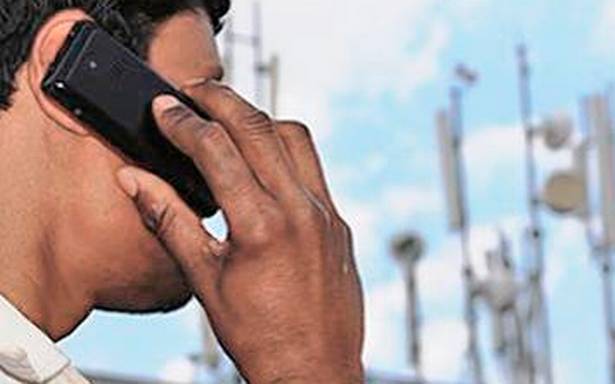Both Airtel and Vodafone Idea have announced a 25 per cent increase in mobile prepaid tariffs over the last two days indicating that the party for Indian telecom consumers is over.
While mobile services were expensive in the initial days of wireless telecom services in the late 1990s, India’s mobile users enjoyed the cheapest tariffs in the world from 2002 onwards when Reliance Infocomm launched affordable services using CDMA technology.
Also read: Airtel prepaid plans to cost 20% more from Nov 26
Overnight, mobile tariffs dropped from ₹8 a minute to about ₹1. Subsequently, more operators entered the market and by 2008, mobile users were paying less than 50 paise for a minute call. The market was booming with operators adding 10-15 million new users every month making India a nation with 1 billion mobile connections. In a market where fixed-line telephone was hard to get, cheap mobile phone services came as a big boon to people.
But then two events changed the telecom landscape. First came the 2G spectrum scam which led to the cancellation of all telecom licences issued in 2008. There was massive value destruction as over 8 operators had to shut down their network, lay off employees, and write down billions of dollars in investments. The level of competition went down drastically from 8-9 operators in each circle to just 4. But the biggest fallout of the scam was that it forced the Government to start auctioning spectrum instead of allocating it on subscriber-based criteria.
Also read: Vodafone Idea, RJio may follow Airtel with tariff hike
Auctioning meant that the operators had to pay the market price for acquiring spectrum, the basic raw material needed to offer mobile services. Until then operators were given spectrum as long as they were adding subscribers. In 2010, when 3G spectrum was given through an auction mechanism, operators put in bids worth over ₹11 lakh crore, making it one of the most expensive spectrum acquisitions anywhere in the world. From 2010 onwards, operators were put through a series of auction rounds and each time the industry’s overall debt kept piling up.
RJio’e entry
Even as the operators were struggling to keep pace with the growing demand from the consumer for data, video and entertainment services, Reliance Jio entered the fray in 2016 and dropped prices. Jio with its latest 4G network could offer voice calling services for free as it is bundled with data services. Incumbent operators were still predominantly offering 2G services and were forced to invest more on upgrading their network to catch up with Jio. This meant taking more debt because operators were not recovering enough revenues from consumers to back up these investments. Then came the Supreme Court ruling ordering operators to clear past dues in the form of AGR amounting to over ₹1 lakh crore. The operators were left with no choice but to increase tariffs. They are hoping to increase the average revenue per user to close ₹300 a month from ₹150 at present in order to be able to meet their impending payouts and to have enough cash flow for investing in the upcoming 5G technology.
So is the party over for consumers?
While this may indicate that consumers will have to start paying more for services, the party will shift to the quality of service. Until now mobile users have been getting cheaper services but had to contend with patchy networks. With the tariffs going up, consumers can hope to get better quality of services going forward.

























